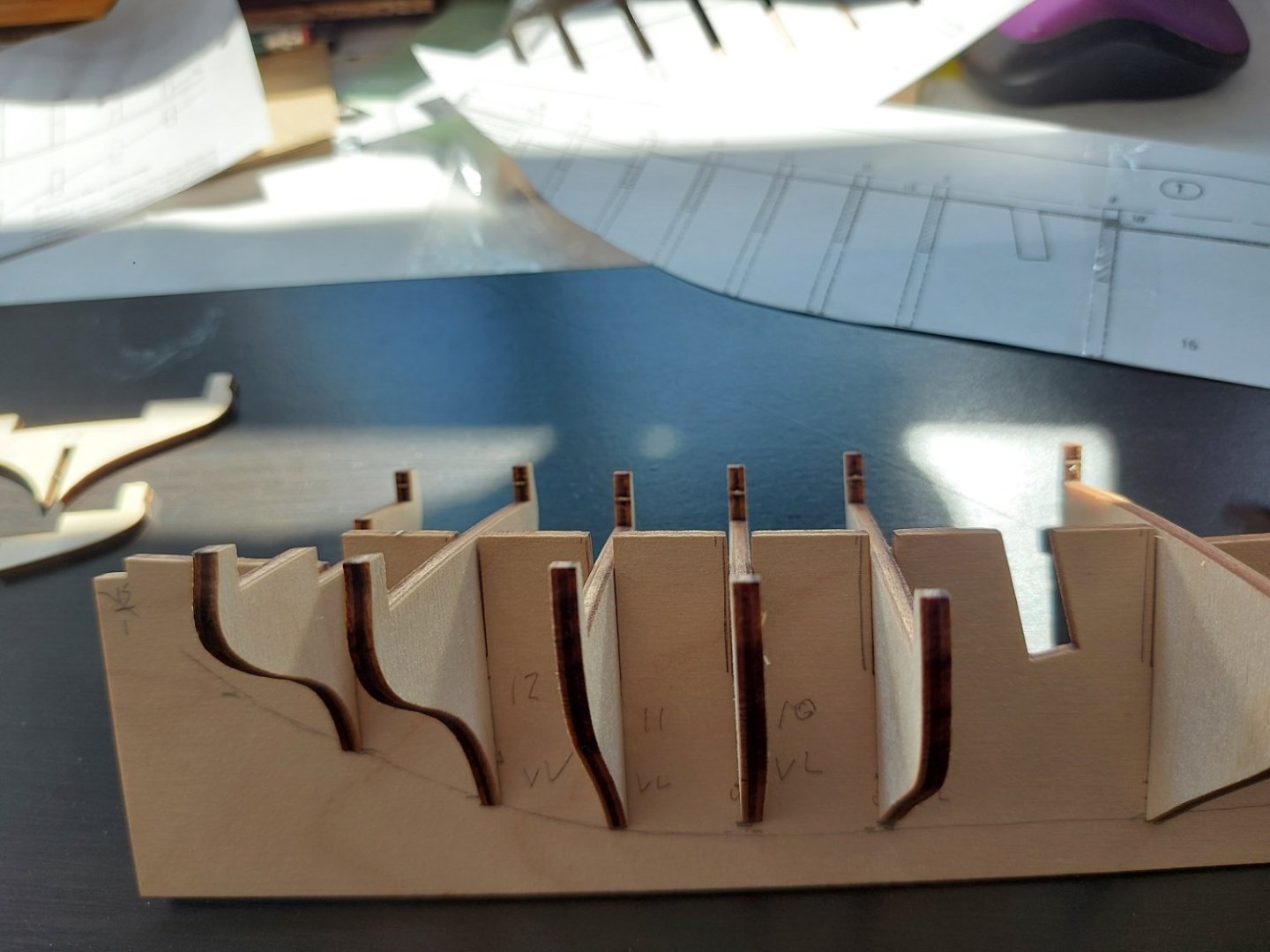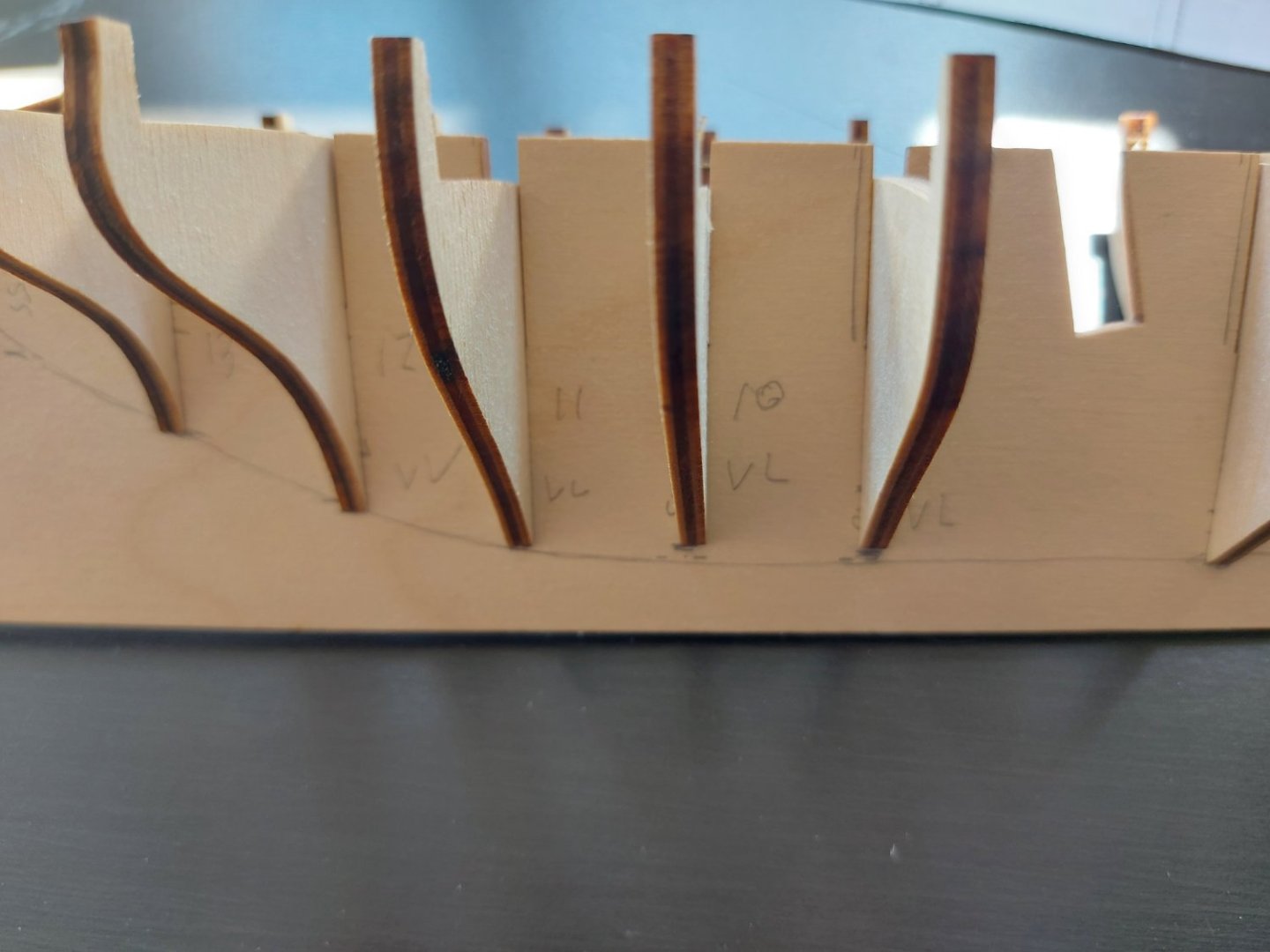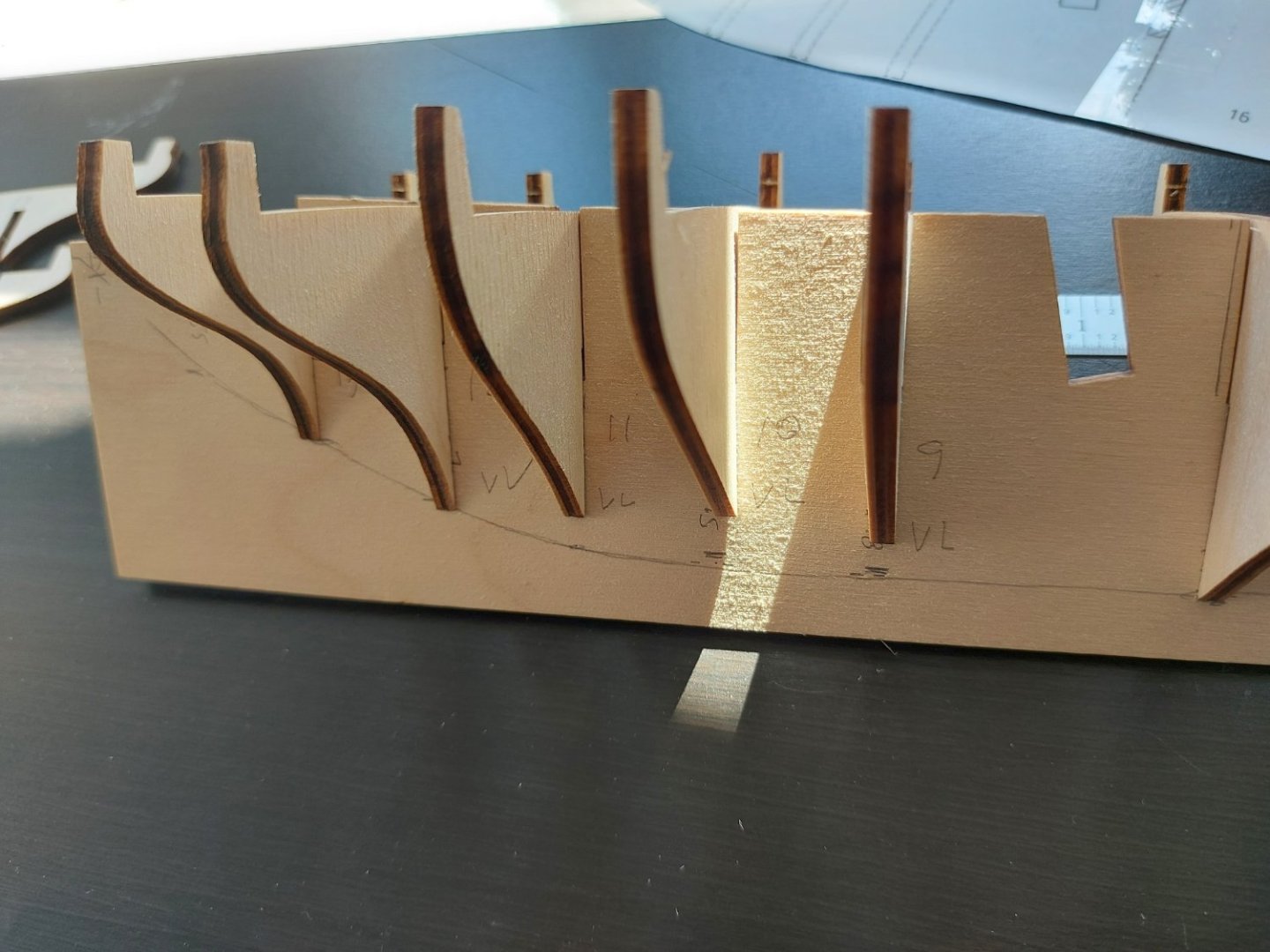I was building a small J Class model, and wanting a smooth finish. It was a white finish, white is notoriously difficult to get coverage without lots of coats. Not sure how many I ended up with; but it was a LOT. All of the paint was acrylic. What I ended up doing was:
I hand brushed the model with a cheap, indoor acrylic. It was very rough. I think I put on 3 coats.
I then sanded that until it was smooth. This left a few spots bare; but not to worry.
I then air brushed enough coats until I had very good coverage, it all looked white
Then I sanded it, starting fairly fine, as the finish was pretty smooth. Just not "really smooth". I started with 600
And progressed to 12,000.
I really did not see much effect past 4,000 and since then I rarely use 12,000 anymore, I usually only go to 2,000 or maybe 4,000.
Interestingly, for some reason I thought I should shoot another thin coat after the final 12,000. The surface repelled the paint like it was coated with oil. I suspect that, even after it dried, there would have been little to no adhesion.
Since then, I've adopted the following for smooth finishes over wood
1) Sand surface to at least 2000 grit
2) Two coats of wood sealer
3) Sand with 1000 to 2000
4) Paint; airbrush; at least 3 coats
5) Sand with 1000
6) Clear coat. Either gloss or matte, whatever the final effect is that I'm looking for
7) Sand with 1000, to 4000
I'm still fine tuning this. I don't think I need to go to 2000 in steps 1 and 3, but that is yet to be proven
Regards





